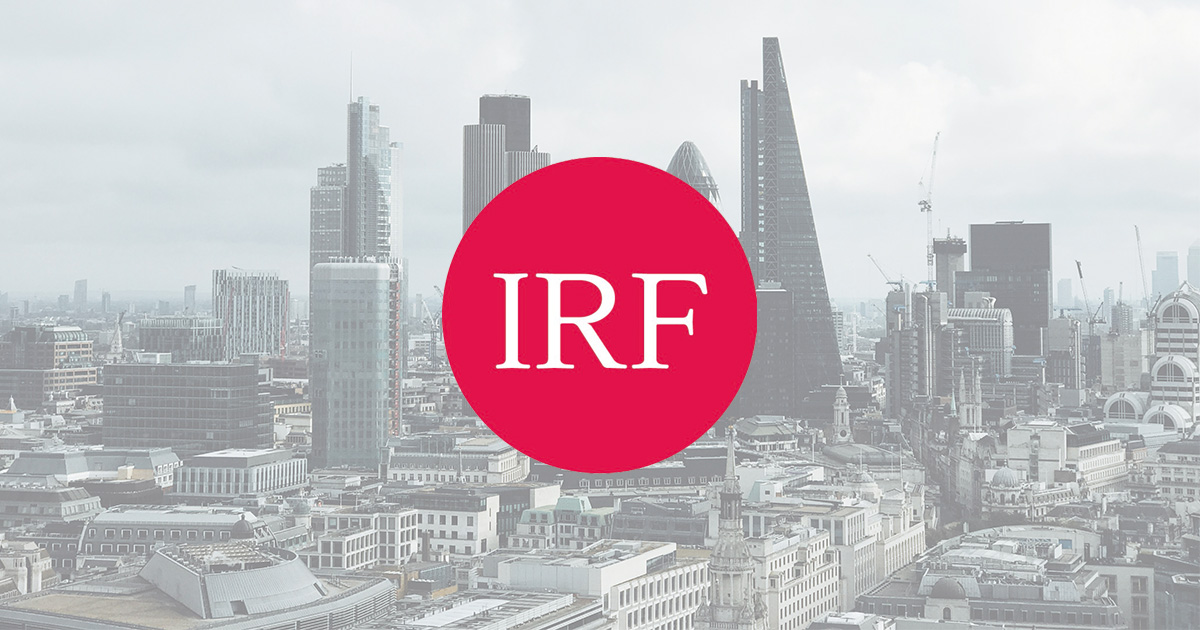How Money is Evolving & What Investors Need to Know as the Banking and Payments Industries Intersect
Renaissance Macro Research
Thu 04 Mar 2021 - 15:00
Summary
Howard gave an overview of how money use is evolving and what it means for the value chain in the banking system for legacy banks and new entrants. Traditionally, commercial banks provide a service that is vertically integrated across the three main components of banking: Money Creation, Payments and Settlements and Customer Interface. New entrants are appearing at each level of the value chain which changes the way banks evolve. It is Howard’s opinion that the survivors in banking are going to be those that have the scale and reach to invest substantially in the technology needed to control the front end, the customer interface. It is at the front end where changes are most obvious. PayPal has succeeded in garnering over 300 million users and in doing so has become an important distribution channel for the legacy banks who all require a presence on the platform. An example is Citi’s partnership with Google Plex. Banks are having to cede the branding of their services to new entrants as many of the services that customers look to in an app fall outside those in banking. The banks are at a disadvantage as Google, for example, can leverage its search capability developed outside banking to provide customers relevant and useful account information. As the banks need these new entrants to attract customers there is attendant pricing power risk. Sub scale banks in the US, such as Citi, have to rely on these third-party payment channels to a greater extent than the big three of Wells Fargo, Chase and Bank of America, who are attempting to maintain their own brand presence. This is a key issue to monitor. Howard believes the big three can make it work and resist pricing pressure from the new entrants. Smaller banks, however, will not. Within Payments and Settlements, Howard recounted how historically the banks had given up the economics of the intermediate layer to the likes of Visa and Mastercard who can earn 60% gross margins. However, Howard believes this will change as banks are working to build fast ACH as an alternative to the debit card rails and buy now pay later products are emerging as an alternative to credit cards which provides a way for banks to forge more direct partnerships with merchants. As the big three banks account for a greater share of transactions, they will be able to increase the economics they take from this middle layer of payments and settlement. In Howard’s view this represents a secular head wind to the credit card companies. One of the critical fights in this segment is who owns the data. Traditionally, the bank owns the data and needs to safeguard it, but now, with moves towards open banking, the premise is the customer owns the data and can stipulate who has access, which has proved hugely beneficial for the data aggregators. In covering the third component, the creation of money, Howard discussed how this has been a monopoly enjoyed by banks under sponsorship from the government but going forward there is likely to be a competing offering for money in the form of central bank digital currency. Currently, only commercial banks can access central bank money in electronic format. The discussion around central bank digital currency involves extending access from commercial banks to include the greater population. The reason central banks are interested in issuing digital currency is due to the onset of private currency issuers, such as Facebook’s Libra, who would lie outside the scope of monetary policy rules. Individuals could hold funds at the central bank to compliment those at the commercial bank or as a substitute. However, Howard’s opinion is that although commercial banks would give up seigniorage profits that arise from issuing money, they would still have an important role to play in providing, at least in the case of the biggest banks, the front end which they can extend to provide access to central bank money.
Topics
Value chain analysis of the banking system
Customer Interface - scale and reach needed for front-end technology solutions
Payments and Settlements - big banks taking back share from credit card companies
Money Creation - big banks can offset central bank digital currency disintermediation
